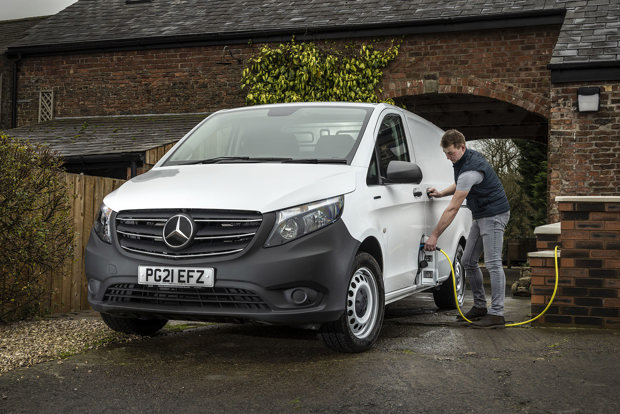Incorrect electric van range figures are a roadblock to adoption, claims fleet body

A fleet body is claiming that a better labelling system for the range of electric vans is becoming a roadblock to adoption, saying that existing WLTP protocols don’t realistically reflect van users’ needs and requirements.
The Association of Fleet Professionals (AFP) says that its members are reporting electric range figures that are way off those quoted by manufacturers and that winter usage exacerbates the problem.
Paul Hollick, AFP chair, said: “We’ve had reports during the last few weeks from operators of electric vans with a WLTP range of 200 miles experiencing half that range with a full load in cold conditions. That’s a reduction that is extremely difficult for fleet managers to work their way around in operational terms.
“Ultimately, it means that the official data designed to guide [van users] towards making informed buying decisions is at best, inaccurate and, at worst, leads to the purchase of vehicles that are not fit for purpose. These are very expensive mistakes for businesses to be making.”
Mr Hollick said that WLTP labelling for vans needed to cover not just a load-free vehicle in warm conditions but a variety of payload and weather variations.
“Ideally, we’d end up with a grid that perhaps showed how vans operated with no load, a medium load and a full load in warm, normal and cold conditions. Also, it would be useful to know something about towing capacity. This is not a complex or onerous request but a fundamental one bearing in mind the technology.
“Ultimately, having an accurate idea of how electric vans will perform in real world conditions is critical to their successful adoption. Nobody can make informed buying decisions without having a good indication of range. Instead, drivers are coming into work on cold mornings and finding that the routes they had planned are unviable, sometimes creating huge difficulties.”
“If you’re allocating electric vans with a light load to local routes, then you are unlikely to encounter any problems. However, if you have bought a van with a 200-mile range because you need a 200 mile-range, then the WLTP figures could result in you acquiring a vehicle that just doesn’t meet your requirements.
“WLTP range figures for electric vans are not fit for purpose and are acting as a potential roadblock to adoption.”
Does the £40k VED premium apply to vans as well as cars?


